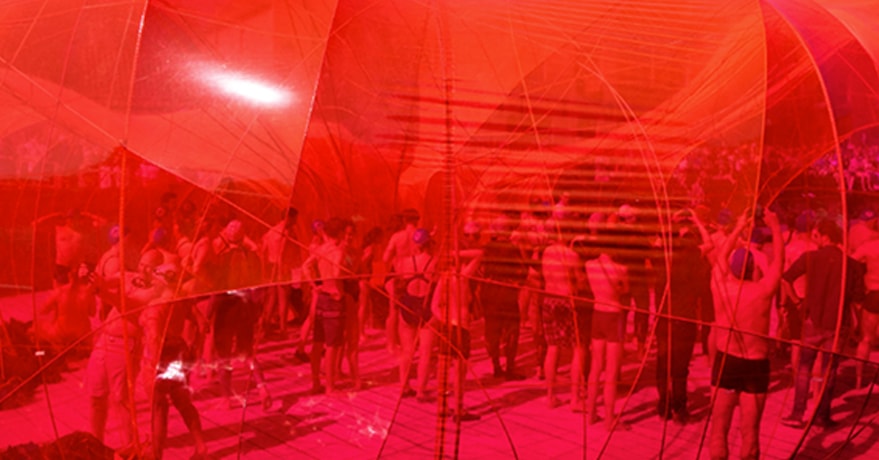Interactions trump impressions
Number of impressions have been a core metric of advertising success over the past decades, but savvy marketers know that impressions alone fall squarely within the ‘vanity metric’ category. That is, metrics that look good but don’t mean a great deal. Whether advertising out of home, on television and traditional media, or through digital channels, people are exceptionally good at filtering out information that doesn’t mean anything to them, such as ads. Broadly this is a consequence of selective attention, which prevents people from becoming overstimulated – humans are only able to process a limited amount of information at any given time. With the rise of the internet people became quickly adept at ‘not seeing’ online advertising, termed ‘banner blindness‘, and despite promising early signs that content marketing would be the solution to cut-though, the ensuing flood of content has resulted in people tuning out of that too (content blindness). Once again marketers are up against the challenge of demonstrating the ROI of their marketing strategies when people aren’t paying attention.
A cleverly designed space that thoughtfully considers the needs of the audience will pique people’s interest enough to trigger an interaction.
Enter ‘quality of attention’ as the new currency of effective marketing with researchers measuring the length of attention, word of mouth, and sharing of the message by third parties/media. Unsurprisingly, experiential marketing ranks highly in terms of its ability to capture quality attention, as experiences are designed for engagement and share-ability. Furthermore, for something to break through daily routines and floods of stimuli, a person’s expectations should be disrupted. In our recent blog Memorable experiences that build momentum, we share some examples of campaigns that have captured attention and succeeded at becoming memorable through delivering something unexpected.
We’re always on the look out for examples of clever spatial design that raises the bar and challenges us to develop even better solutions. Below are some examples of solutions that we love for their ingenuity.
Trienniale Bruges pavilionA floating pink vinyl pavilion that flamboyantly contrasts the surrounding historical buildings. |
|
|
|
|
Radia LumiaDesigned for the festival famous for temporary installations – Burning Man, and carefully engineered to avoid the risk of “a spiky tumble weed rolling across the desert.” |
|
|
|
|
Second DomeAn installation for community events in London Fields that responds to the needs of the environment, and which transforms from a 65-square-meter bubble, to a multi-room structure of over 400-square-meters. |
|
|
|
|
Head in the Clouds PavilionA gathering space for a summer exhibition in New York, this space for contemplation was built from 53,780 recycled bottles – reflecting the amount thrown away each hour in NYC. |
|
|
|
|
Mirage PavilionReflective plastic fragments and reflects the surrounding forest in a simple but visually arresting installation at a music festival. |
|
|
|
|
Origami PavilionAn origami inspired structure made entirely from over 500 recycled plastic polyhedrons, which were laser cut and hand folded to form the interlocking structure. |
|
|
|
|
Bamboo PavilionOriginally conceived for a socio-religious festival in Hooghly, West Bengal, India, the pavilion was made from locally sourced bamboo and hand painted by volunteers. |
|
|
|
|
Pavilion MartellThis entirely recyclable pavilion completely transformed a large courtyard, creating dozens of spaces for people to congregate. |
|
|
|
|
Challenge us to create something completely unexpected – reach out through the form below, or call us on 03 9044 4353.


















